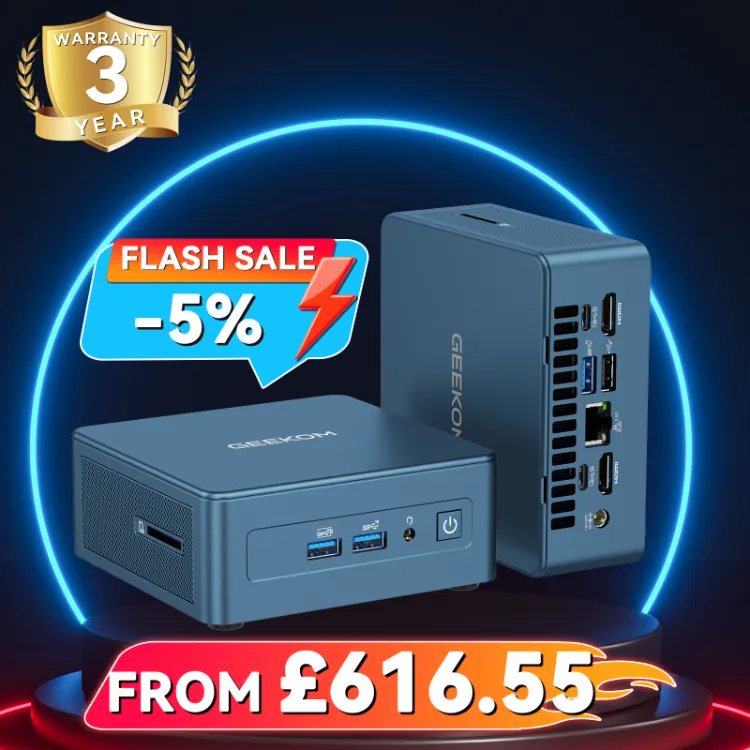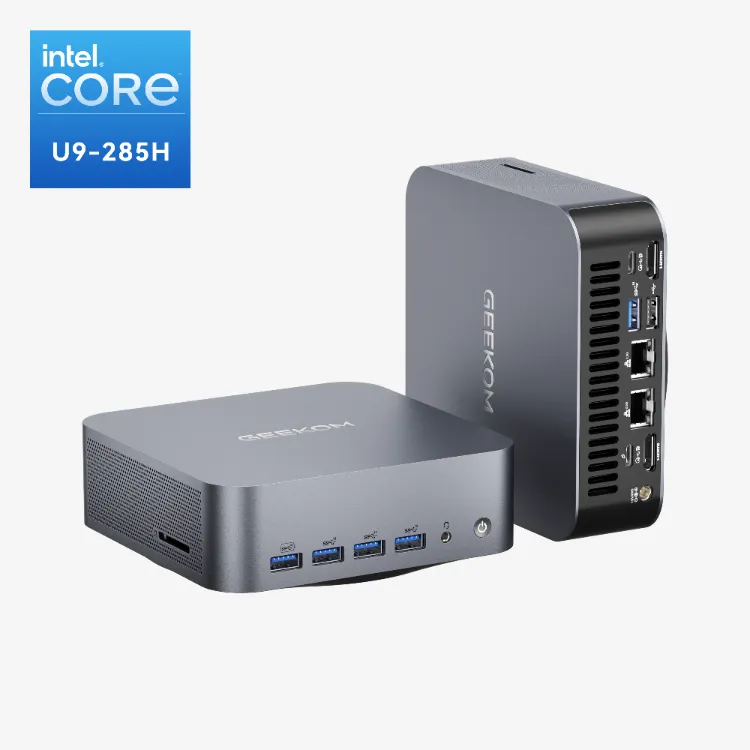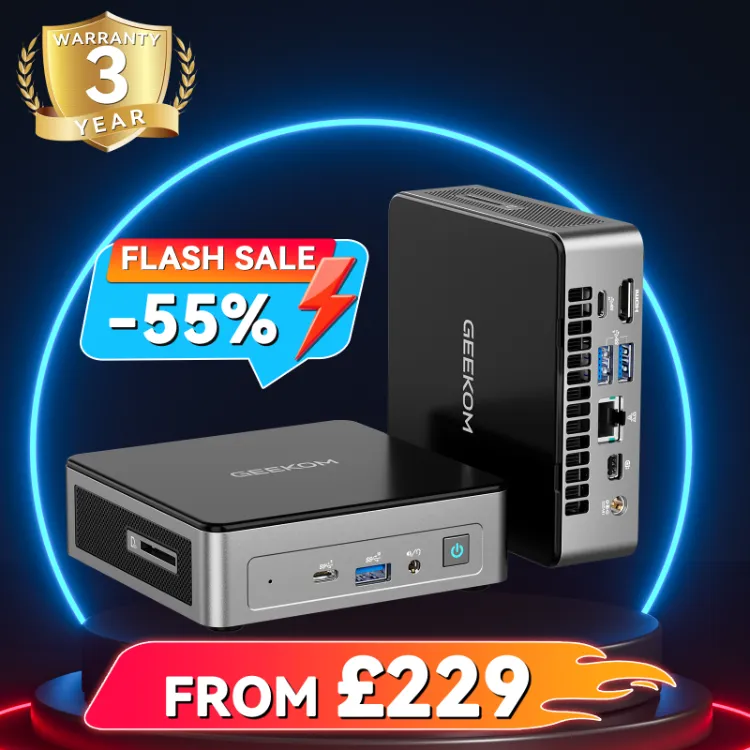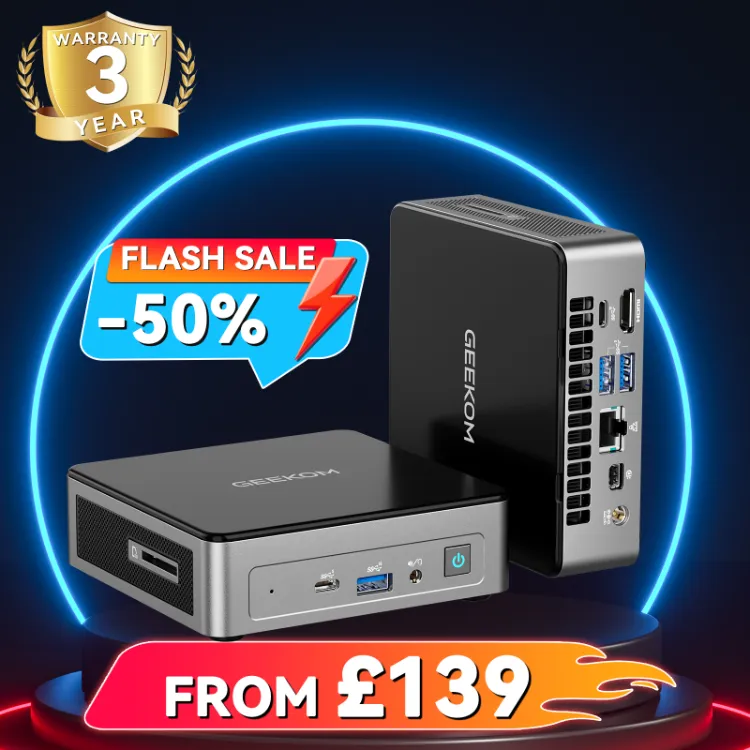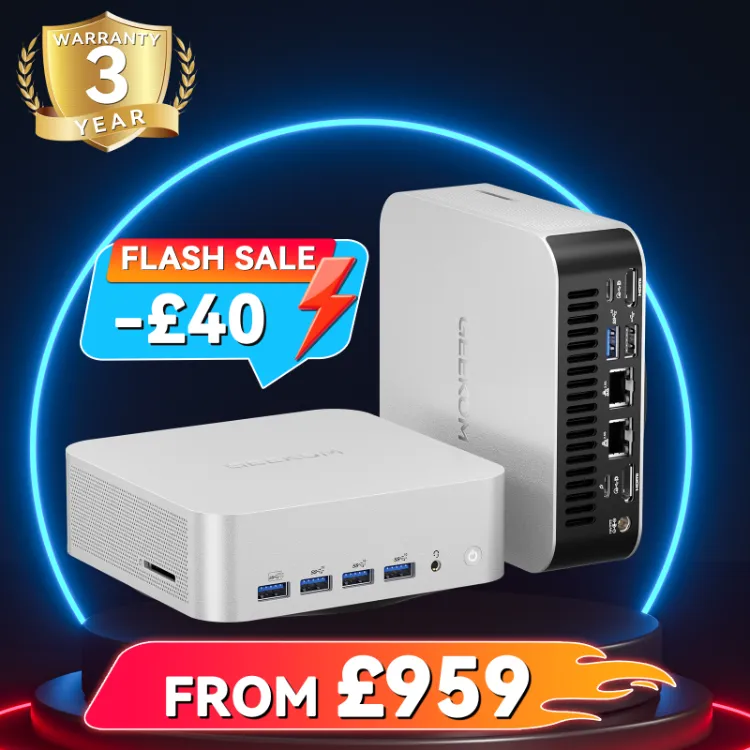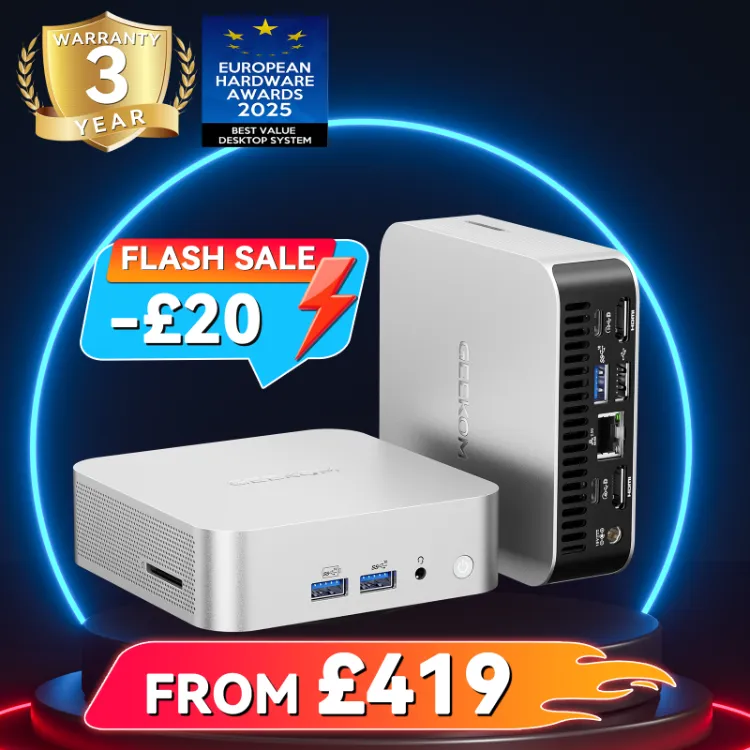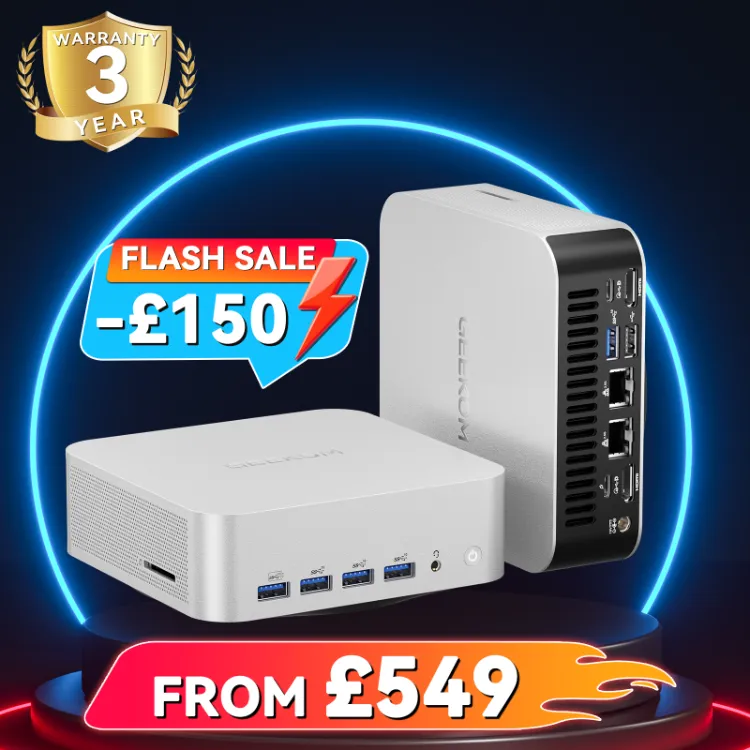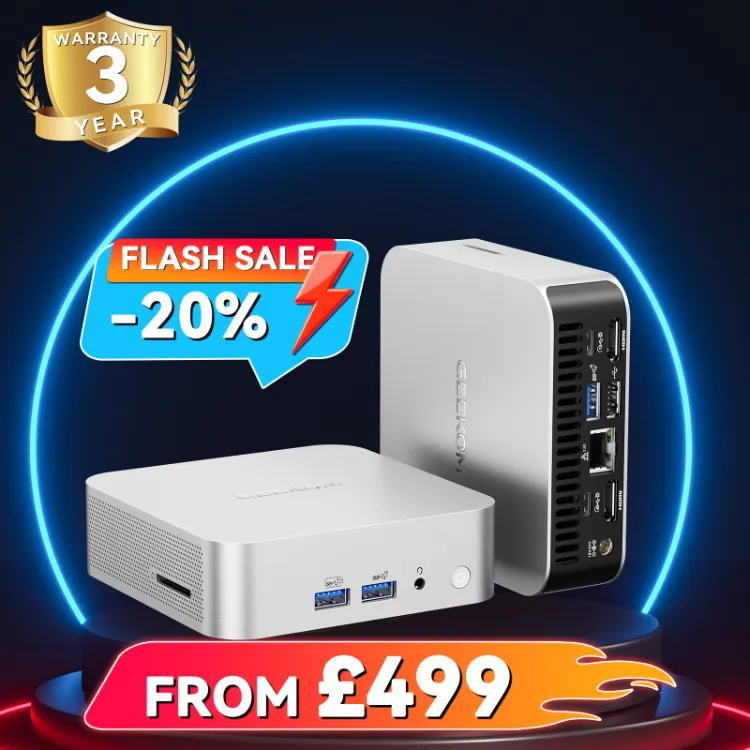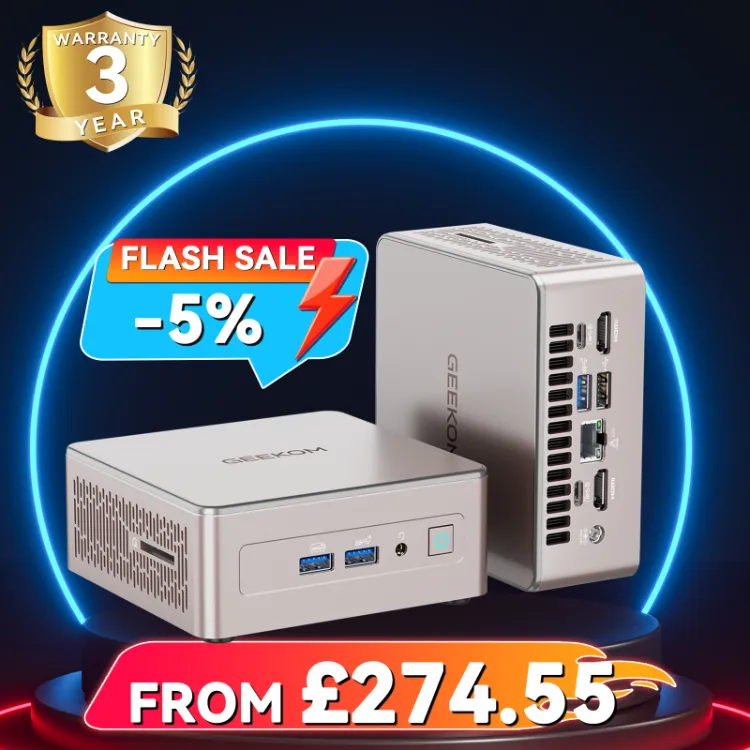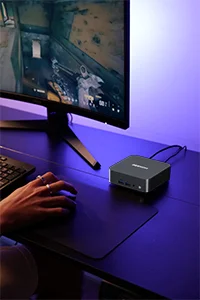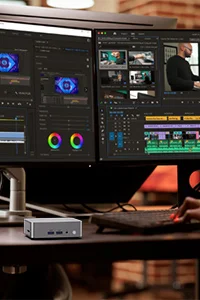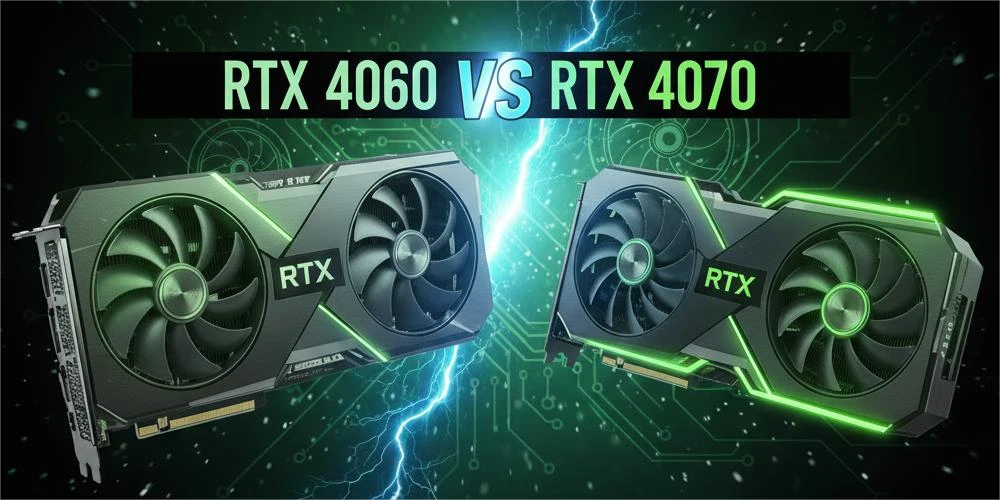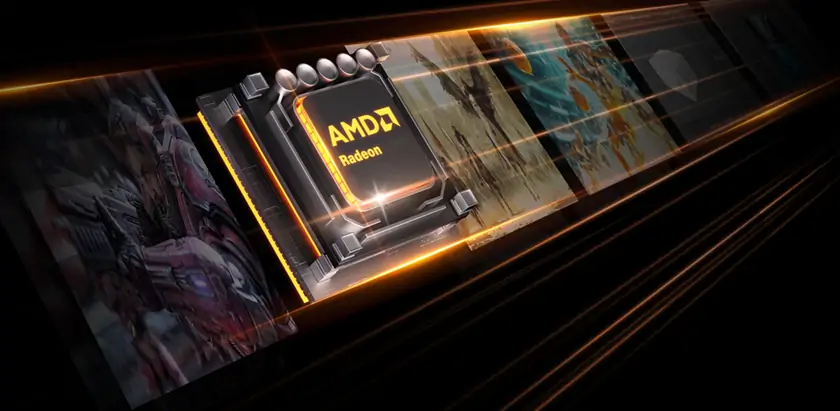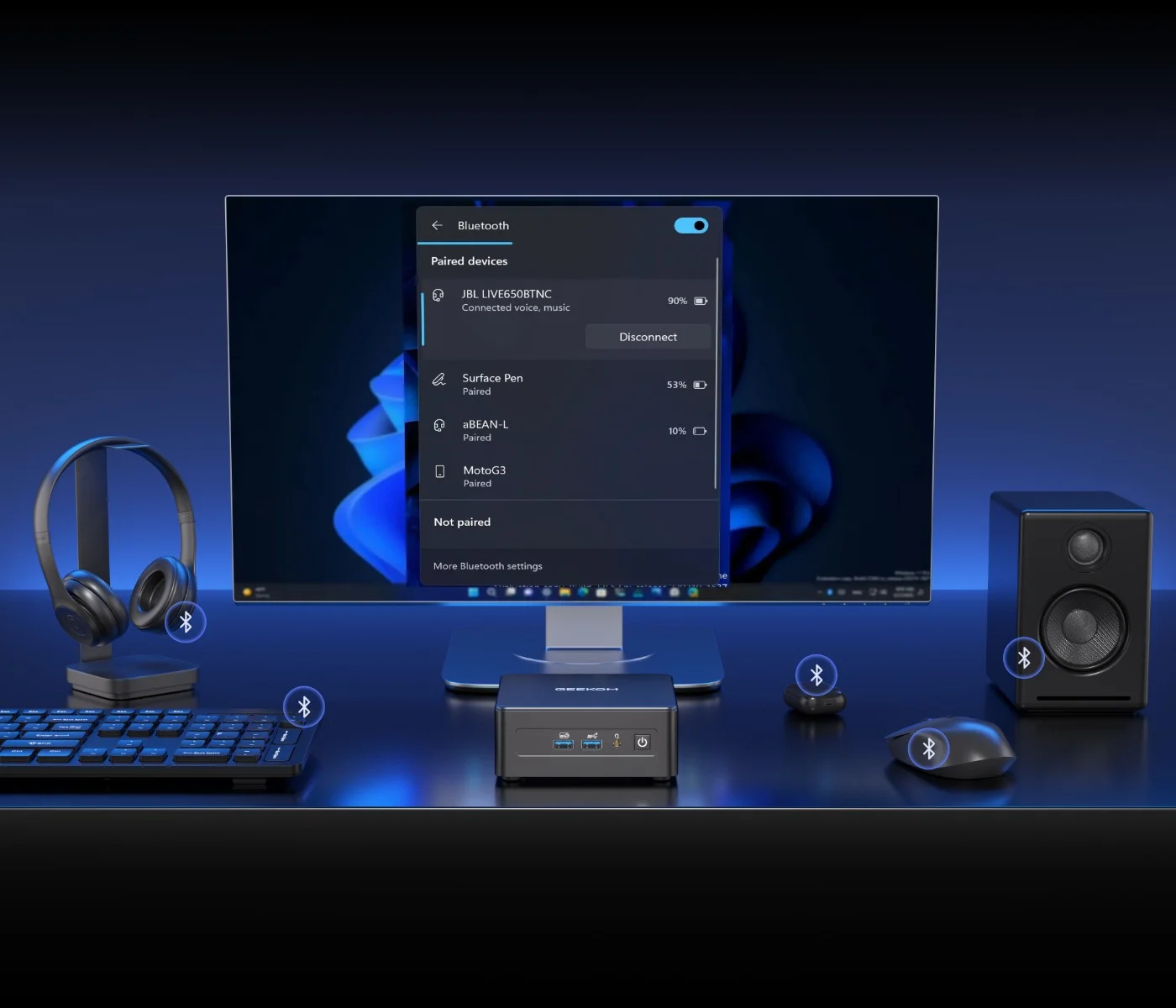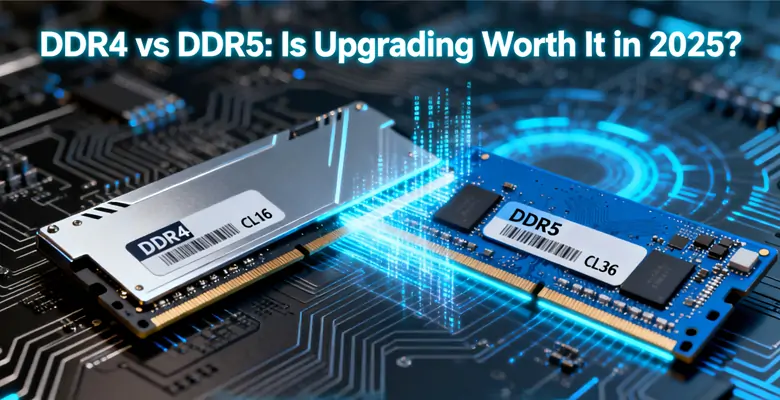Rtx 4060 vs 4070 – the Battle for the Gaming Crown
Many gamers eventually face the question: Is a mid-range card sufficient for everyday use, or is it worth opting for a model with more reserves? The RTX 4060 is often cited as a sensible solution for 1080p gaming, whilst the RTX 4070 scores with additional performance, particularly at higher resolutions.
Things get interesting when you compare both directly – only then do you see which strengths really count in practice and which purchase makes sense for whom. Current AAA and esports titles were tested under identical conditions to ensure an objective assessment.
To ensure comparability, we examined 1080p and 1440p with high to Ultra presets – each without and with ray tracing as well as DLSS (Quality/Performance). Where possible, figures are based on three runs and include average FPS as well as 1% lows, so that frametime spikes are also visible.
The assumptions are based on a current Windows 11 platform with Core i7/Ryzen 7 level, 32GB DDR5 and fast NVMe SSDs. We also cover power consumption under gaming load, typical power supply recommendations, temperature behaviour and noise levels – important factors, particularly in compact systems. Additionally, we examine overclocking potential as well as creator workloads (streaming, AV1 encoding, video editing) to enable an informed “RTX 4060 vs 4070” decision.
Technical Specifications Overview
A look at the core specifications reveals the market positioning.
| Specification | RTX 4060 | RTX 4070 |
|---|---|---|
| Architecture | Ada Lovelace (4nm) | Ada Lovelace (4nm) |
| CUDA Cores | 3,072 | 5,888 |
| Memory | 8GB GDDR6 | 12GB GDDR6X |
| Memory Interface | 128-bit | 192-bit |
| TGP | 115W | 200W |
| Boost Clock | approx. 2.5GHz | approx. 2.5GHz |
It’s already clear here: The RTX 4070 brings more cores, a wider memory interface and additional VRAM – clear advantages for higher resolutions and complex scenes. Particularly in games with large memory requirements or active ray tracing, the difference is immediately noticeable. Textures load more smoothly, the frame sequence feels calmer and future blockbuster titles can also be enjoyed with a bit more headroom.
You might also be interested in: RTX 4060 in 2025: Still Worth It?
Gaming Benchmarks: 1080p vs 1440p
1080p Gaming
In Cyberpunk 2077, the RTX 4060 sits at around 70 frames per second with high presets and DLSS enabled. The RTX 4070, on the other hand, easily exceeds the 100fps mark. Call of Duty Modern Warfare III and Spider-Man Remastered also run smoothly on both cards at 1080p, except that the 4070 leaves noticeably more headroom – practical for upcoming gaming titles that demand higher requirements.
Competitive Gaming: CS2, Valorant, Apex Legends, Fortnite
Esports games like Valorant or Fortnite are traditionally less demanding on GPUs. Here, both cards easily achieve triple-digit FPS values and thus offer sufficient reserves for fast matches. For gamers with 240Hz monitors, the RTX 4070 is a luxury because it still delivers high framerates even in stressful scenes. The RTX 4060 fully meets requirements, especially when DLSS is active. For ambitious gamers with 144Hz monitors, it’s completely adequate, whilst the 4070 brings a certain additional security for professionals and streamers seeking maximum stability.
1440p Gaming
In Elden Ring, the RTX 4060 achieves around 60 to 65fps on average, whilst the RTX 4070 reaches almost 90 frames per second. Red Dead Redemption 2 shows a similar result: With Ultra presets, the 4060 occasionally seems somewhat at its limit, whereas the 4070 delivers a significantly smoother gaming experience. Its advantage shows particularly in large open-world scenes – textures load more reliably, frametimes remain more consistent and the additional VRAM provides more reserves for long sessions.
| Game | RTX 4060 (1440p) | RTX 4070 (1440p) |
|---|---|---|
| Elden Ring | ~62 FPS | ~88 FPS |
| Red Dead Redemption 2 | ~55 FPS | ~85 FPS |
4K Gaming Reality Check
Anyone seriously considering 4K gaming will quickly reach limits with both cards. Whilst individual titles can be kept playable thanks to DLSS 3, it won’t be permanently comfortable. The RTX 4070 performs somewhat better here but remains more of a stopgap solution. Anyone wanting truly stable 4K experiences must opt for more powerful models like the RTX 4080 or 4090 – these simply bring more VRAM, bandwidth and raw computing power.
Ray Tracing and DLSS Performance
Ray tracing is a decisive factor. With RT enabled, FPS on the RTX 4060 drop quickly, making DLSS mandatory. The RTX 4070 can deliver stable framerates with ray tracing in many cases. DLSS 3 with Frame Generation significantly elevates perceived fluidity on both cards.
Temperature and Noise Levels
In the RTX 4060 vs 4070 test, both cards remained cool and quiet. The RTX 4060 operates with lower TGP and reaches around 65°C in compact systems. The RTX 4070 runs somewhat warmer but stays below 75°C – with moderate fan noise.
Even after several hours of gaming load, the RTX 4060 stays consistently at 63–67°C whilst the fans work barely audibly. This makes it perfect for quiet setups. The RTX 4070 settles at 72–76°C and reaches approximately 35–38 dB(A) – noticeable but not disturbing. Both cards completely switch off their fans during idle operation, which ensures virtually silent everyday use.
Power Consumption and Power Supply Requirements
With the RTX 4060, a good 500-watt power supply is usually sufficient, making it particularly interesting for smaller cases and economical builds. The RTX 4070 needs a bit more leeway: at least 650 watts are mandatory here. This limits the choice of compact systems. At the same time, the 4060 makes an additional plus point clear with its low consumption in times of high electricity costs.
Overclocking Potential
Both models offer moderate overclocking potential. Whilst the RTX 4070 scales better due to additional cores and memory interface, reserves are limited with the RTX 4060. For enthusiasts, the 4070 therefore remains more interesting.
Content Creation
Both cards are also suitable for streaming and video editing. The RTX 4070 benefits from more VRAM and higher memory bandwidth, which brings noticeable advantages, particularly with 4K videos and extensive projects. However, the RTX 4060 is already completely sufficient for occasional streaming or YouTube content.
Both cards support AV1 encoding, which ensures efficient streaming at high quality. The RTX 4060 handles 1080p streaming effortlessly, even when demanding games are running simultaneously. In Adobe Premiere Pro or DaVinci Resolve, it proves responsive with Full HD projects and enables smooth work with effects and colour grading.
The RTX 4070 particularly demonstrates its strengths with 4K material: The 12GB VRAM prevents bottlenecks with multiple video layers or high-resolution textures in 3D applications like Blender. Export times are noticeably shorter, and complex After Effects compositions also run significantly more smoothly. For professional creators who regularly work with demanding projects, the investment pays off. Hobby streamers and YouTube beginners, however, drive a cost-efficient and completely adequate solution with the RTX 4060.
Price-Performance Ratio
This is where the actual RTX 4060 vs 4070 benchmark battle reveals itself:
- RTX 4060: around £329–£349
- RTX 4070: approximately £599–£629
The 4070 delivers more performance but demands almost double the price. For many gamers, the 4060 is the sweet spot, whilst the 4070 only makes sense if 1440p or content creation is the focus. However, anyone planning long-term benefits from the 4070’s additional performance reserves, which can become noticeable in upcoming AAA titles or with increasing graphics demands. Thus, it’s aimed more at enthusiasts, whilst the 4060 addresses the broad gaming mainstream.
RTX 4060
🎯 Ideal for 1080p gaming
⚡ 500W power supply sufficient
🌡️ Temperature 63-67°C
🔊 Noise level: Barely audible
💰 Price-performance: Outstanding
🔧 Overclocking: Limited
RTX 4070
🎯 Ideal for 1440p gaming
⚡ 650W power supply minimum
🌡️ Temperature 72-76°C
🔊 Noise level: 35-38 dB(A)
💰 Price-performance: Very good
🔧 Overclocking: Scales well
Benchmark Conclusion and Purchase Recommendation
Performance Crown Decision
The RTX 4070 is undoubtedly the more powerful card. But the question is whether you actually need the additional power. Anyone gaming primarily at 1080p will rarely notice the difference in practice.
Purchase Recommendations
1080p Gaming: The RTX 4060 is completely sufficient here. It’s particularly compelling in compact systems like the GEEKOM MEGAMINI G1 Mini PC, However, if you want to seek maximum performance in the smallest space, you should try GEEKOM A9 Max AI Mini PC.
- Performance: AMD Ryzen™ AI 9 HX 370 flagship processor and Radeon™ 890M graphics card
- AI: CPU/NPU/GPU triple-engine synergy, up to 80 TOPS computing power, high efficiency, low power consumption, and ultra-fast responsiveness
- High-Speed Storage: Dual-channel DDR5 memory (up to 128GB) and dual M.2 slots (2280+2230) supporting up to 8 TB of PCIe 4.0 SSD storage expansion
- Dual USB4 Ports (Rival OCuLink): Unlock next-generation connectivity. Dual USB4 ports offer Thunderbolt-speed data transfer (40Gbps), dual 8K display output, and support for external graphics cards, effectively replacing OCuLink ports.
1440p and higher resolutions: For more reserves and smooth gaming above 60fps, the RTX 4070 is the better choice – albeit at a significantly higher price.
Conclusion of the RTX 4060 vs 4070 Benchmark
The bottom line is: Both cards have their place. The RTX 4060 scores with efficiency, a fair price and solid features for smooth 1080p gaming. Anyone wanting more opts for the RTX 4070 – it delivers significantly stronger performance at 1440p but also costs noticeably more. The RTX 4060 becomes particularly compelling in the GEEKOM MEGAMINI G1: a compact mini PC that combines gaming power and everyday practicality whilst remaining pleasantly quiet. For users who value a balanced, reliable system, a mini PC is a coherent solution.
Looking ahead, the combination of current architecture, DLSS 3 and economical power consumption also convinces as a solid foundation for coming gaming years. Anyone opting for a system suitable for both gaming and creative workflows additionally benefits from flexibility. The MEGAMINI G1 can thus be used not only as a gaming machine but also as a compact all-rounder for home office or content creation – an advantage that makes a noticeable difference in everyday use.



